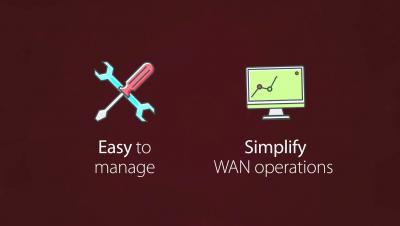Security | Threat Detection | Cyberattacks | DevSecOps | Compliance
Networks
Forward Fix: Use Case for Network Query Engine Library
What is an Open Port? Port Scanning, Risks and Monitoring.
Port scanning is the critical element of any cyber risk assessment conducted under infrastructure security or network security domains. It helps to identify all the exposed services on a system or network. Presence of open ports doesn’t indicates importance from attack perspective only; they are equally vital from a defensive front.
Network Security: The Journey from Chewiness to Zero Trust Networking
Network security has changed a lot over the years, it had to. From wide open infrastructures to tightly controlled environments, the standard practices of network security have grown more and more sophisticated. This post will take us back in time to look at the journey that a typical network has been on over the past 15+ years. From a wide open, “chewy” network, all the way to zero trust networking. Let’s get started.
Trustwave SD-WAN Security Solutions
Network, Endpoint, and Cloud DLP: A Quick Guide
At the beginning of 2019, 60% of companies responding to the Insider Threat Report survey reported that they were planning to implement a data loss prevention (DLP) solution. For a few years, organizations have been aware that they need to add data loss prevention (DLP) tools and software to their technology stack in order to safeguard sensitive information collected and stored` However, there’s a common misconception that DLP is just one “thing”.
What is a software-defined perimeter and how does SDP work?
A software defined perimeter (SDP) establishes virtual boundaries around Internet-connected assets and user activity through an integrated security architecture approach. SDP works regardless of whether assets reside on-premises or in the cloud, or whether users are on-site or working remote. Rather than relying on hardware like firewalls or VPNs at the network boundary, SDP leverages software to prevent any access to or even visibility into resources within the virtual perimeter by default.
Calm in the COVID storm: AT&T Cybersecurity
We’ve been busy at AT&T Cybersecurity during the pandemic. Turns out we could help out our network customers in so many ways. Here are some examples.
Blast Radius Identification
Why VPNs on mobile devices are a crucial part of securing access to corporate data
Securing access to business resources has always been of high priority for admins and IT teams. In the wake of the pandemic, workforces are more distributed than ever before, and 76 percent of global office workers state that they would like to work from home even when the pandemic is over.










